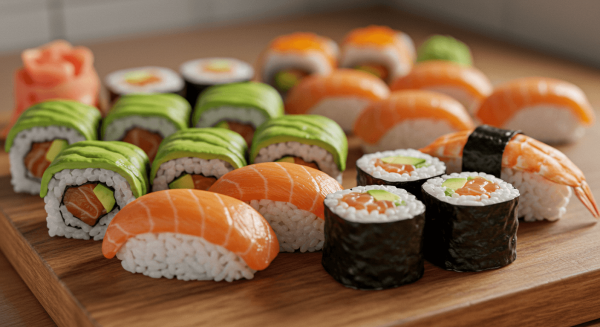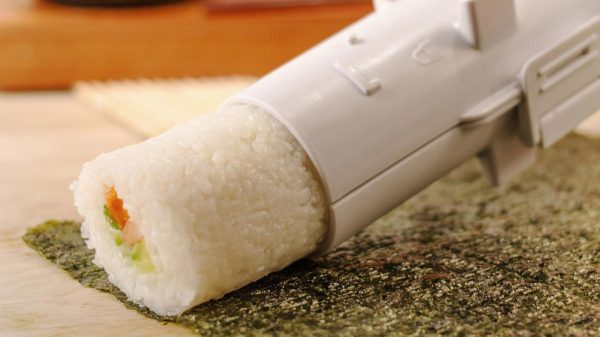8 unusual facts about lemurs

Makis, these delicious rice rolls topped with fish, vegetables or other ingredients, have become a staple of Japanese cuisine around the world. Their popularity extends well beyond Japan's borders, captivating the taste buds of international cuisine lovers with their varied flavors and artistic presentations. But behind these colorful rolls lie fascinating origins, surprising variations and even Guinness records. In this article, we'll explore eight unusual facts about maki, revealing the little-known aspects of this iconic dish and demonstrating its global influence on gastronomy. Prepare to dive into the fascinating and sometimes surprising world of makis!
Here are eight unusual facts about makis, these delicious rolls of rice and filling that are an integral part of the Japanese cuisine :
Uncertain origins
Modern makis, as we know them today, were popularized in Tokyo in the early 19th century, but the exact origin of makis is still debated among culinary historians.
Influence of sushi
Makis are a variation of traditional Japanese sushi. Originally, rice and fish were wrapped in sheets of seaweed (nori), but makis reverse this tradition by placing the rice on the outside.
Unlimited creativity
The popularity of makis has inspired boundless creativity in their creation. Thus, there is now an endless variety of makis with fillings as diverse as seafood, vegetables, and even more exotic ingredients.
Record for longest maki
In 2011, a Japanese chef set a Guinness World Record by preparing a 2,844.48 meter long maki, using more than 1.5 tonnes of rice and fish. This record was set at a food festival in Yotsukaido, Japan.
Inverted Makis
In the United States, the trend of inverted makis has become popular. Unlike traditional makis where the rice is on the outside, inverted makis have the seaweed on the inside, enveloping the rice and toppings.
Sweet makis
In addition to traditional savory makis, there are also sweet variations. These makis can contain fruits like strawberry and mango, chocolate or even caramel, offering a unique dessert experience.
Cultural significance
In Japan, makis are often associated with special occasions like the Hina Matsuri (doll festival) where special makis called Chirashi-zushi are prepared with colorful ingredients to symbolize spring.
Global developments
Makis have undergone various evolutions around the world. Outside of Japan, they have been adapted to local tastes with variations like California makis, tempura makis, and even vegetarian makis, which have become popular in many Western sushi restaurants.
Conclusion
Through these eight unusual facts, it's clear that there's more to maki than just being a regular sushi dish. Their complex history and global evolution are testament to their ability to adapt and captivate palates across the centuries. From the endless creativity of Japanese chefs to international adaptation with sweet and inverted variations, makis continue to surprise and delight food lovers everywhere.
Whether celebrating traditional festivals in Japan or setting Guinness Records with giant makis, this iconic dish remains ingrained in global gastronomic culture. By exploring the diversity and history of maki, we discover a culinary richness that goes far beyond its simple appearance as a rice roll and seaweed. Whether your preferences lean towards classic makis or modern innovations, one thing is certain: makis will continue to play a crucial role in the cuisine and in the hearts of sushi lovers around the world.



